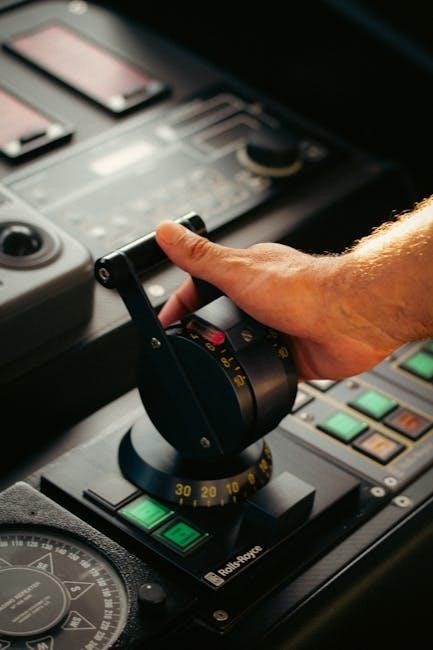The Honda Pilot 2016 User Manual is a comprehensive guide designed to help owners maximize their driving experience. It covers key features, maintenance, and troubleshooting tips, ensuring optimal performance and safety.
Overview of the Honda Pilot 2016
The Honda Pilot 2016 is a midsize SUV designed for versatility and comfort, offering seating for up to eight passengers. It features a sleek, aerodynamic exterior with a bold front grille and LED daytime running lights. The interior is spacious, with premium materials and advanced technology, including a rearview camera and Bluetooth connectivity. Under the hood, the Pilot is powered by a 3.5-liter V6 engine paired with a six-speed automatic transmission, available in both front-wheel and all-wheel drive configurations. This SUV balances practicality with performance, making it ideal for families and adventurers alike. The user manual provides detailed insights into its features and operation.
Importance of the User Manual
The Honda Pilot 2016 user manual is essential for understanding the vehicle’s features, operation, and maintenance. It provides detailed instructions on how to use advanced technologies, troubleshoot common issues, and perform routine maintenance. By following the manual, owners can ensure optimal performance, safety, and longevity of their SUV. The guide also helps users navigate the infotainment system, pair Bluetooth devices, and reset maintenance lights. Regularly referencing the manual can prevent costly repairs and enhance the overall driving experience. It is a valuable resource for both new and experienced drivers, ensuring they get the most out of their Honda Pilot 2016.
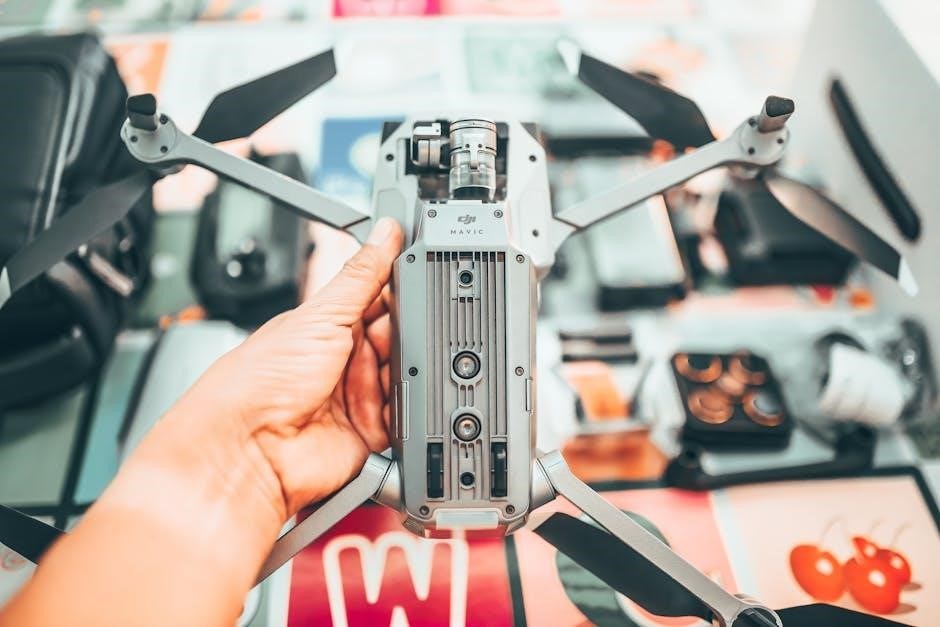
Key Features of the Honda Pilot 2016
The Honda Pilot 2016 offers a 3.5-liter V6 engine, modern exterior design, spacious interior, advanced technology, and robust safety features, making it a versatile and reliable SUV.
Exterior Design and Aerodynamics

The Honda Pilot 2016 features a modern and aerodynamic exterior design, with a bold front grille, LED daytime running lights, and available 20-inch alloy wheels. Its sleek lines and aerodynamic shape enhance fuel efficiency and reduce wind noise. The SUV’s exterior is both functional and stylish, offering a spacious cargo area and a roofline that supports versatility. The design emphasizes durability and practicality, making it suitable for both urban and off-road environments. The aerodynamic improvements contribute to better performance and handling, while the exterior aesthetics appeal to a wide range of drivers seeking a balance between style and utility.
Interior Comfort and Technology
The Honda Pilot 2016 offers a spacious and comfortable interior, featuring high-quality materials and advanced technology. The cabin is designed for comfort, with ample seating for up to eight passengers and versatile cargo configurations. The available features include a rearview camera, Bluetooth connectivity, and a seven-speaker audio system, enhancing the driving experience. The Multi-Information Display (MID) provides essential information at a glance, while the touchscreen interface allows for intuitive control of various functions. The interior also includes convenient storage options and premium finishes, creating a refined and functional environment for both drivers and passengers. This blend of comfort and technology ensures a satisfying journey for all.
Engine and Performance Specifications
The Honda Pilot 2016 is powered by a 3.5-liter V6 engine, delivering 280 horsepower at 6,000 rpm and 262 lb-ft of torque at 4,700 rpm. Paired with a six-speed automatic transmission, it offers smooth and responsive performance. Available in both front-wheel drive (FWD) and all-wheel drive (AWD) configurations, the Pilot caters to various driving needs. The engine features Variable Cylinder Management (VCM) for improved fuel efficiency. With an EPA-estimated fuel economy of up to 22 mpg combined (19 city, 27 highway for FWD; 21 combined, 18 city, 26 highway for AWD), the Pilot balances power and practicality, making it a reliable choice for both daily commutes and adventures.
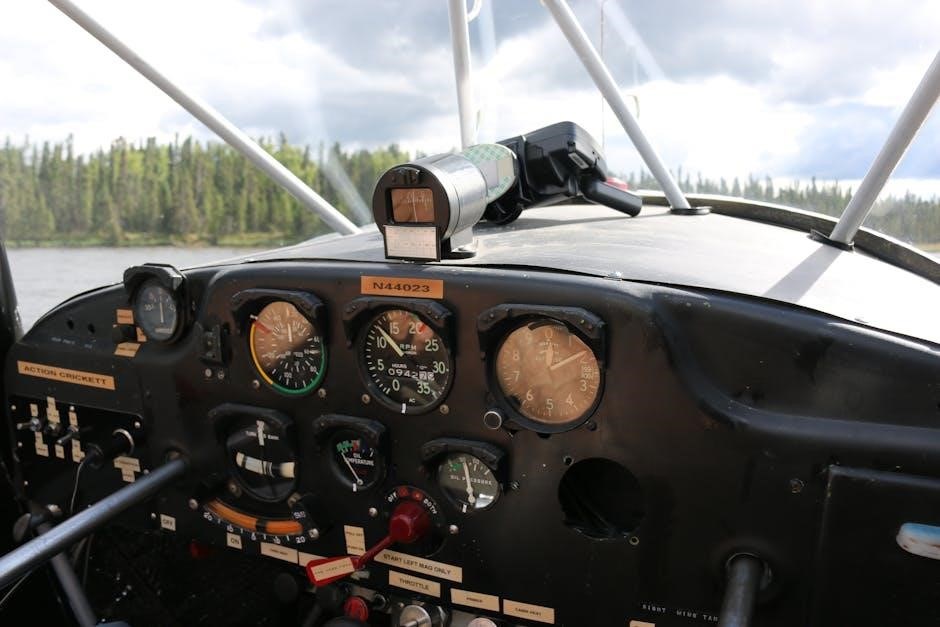
How to Access the Honda Pilot 2016 User Manual
The Honda Pilot 2016 User Manual can be downloaded online as a PDF or accessed through Honda’s official website or third-party manual databases like ManualsLib or Manua.ls.
Downloading the Manual Online
To download the Honda Pilot 2016 User Manual, visit Honda’s official website or trusted platforms like ManualsLib or Manua.ls. Select the 2016 Honda Pilot model, and access the PDF version for free. The manual is available in English and covers essential topics such as maintenance, troubleshooting, and advanced features. Users can save or print the document for convenient reference. Ensure your device has a PDF viewer to open and navigate the file. This online accessibility provides owners with instant access to detailed guidance, helping them optimize their vehicle’s performance and safety. Downloading the manual is a straightforward process that requires minimal time and effort.
Navigation Through the Manual
Navigating the Honda Pilot 2016 User Manual is straightforward due to its organized structure. The manual begins with a table of contents, allowing users to quickly locate specific sections. Key areas include maintenance schedules, troubleshooting guides, and feature explanations. Each section is clearly labeled and detailed, ensuring easy access to information. Users can also use the index to find specific topics or refer to the Quick Reference Guide for common tasks. The manual is divided into logical categories, such as exterior design, interior features, and engine specifications, making it simple to find answers to any question. This user-friendly design ensures a seamless experience for both new and experienced owners.
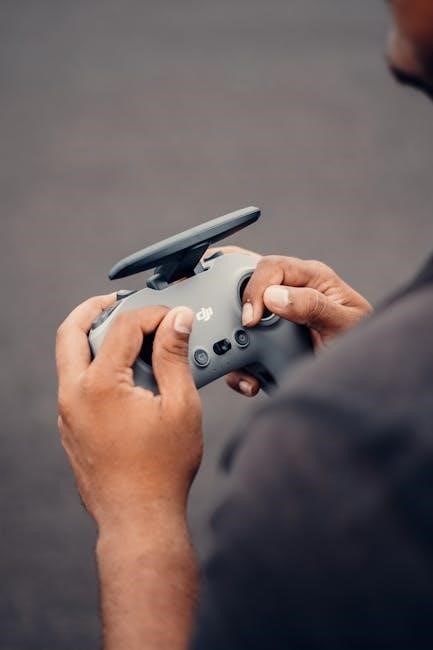
Maintenance and Servicing Guidelines
Regular maintenance is crucial for the Honda Pilot 2016. Follow the recommended schedule for oil changes, tire pressure checks, and inspections to ensure optimal performance and longevity.
Recommended Maintenance Schedule
Regular maintenance is essential to keep your Honda Pilot 2016 running smoothly. The recommended schedule includes services at specific mileage intervals. At 5,000 to 7,500 miles, oil and filter changes are required. Every 15,000 miles, inspect the air filter, spark plugs, and belts. Tire rotation should occur every 7,500 miles. Brake pads and rotors should be checked at 15,000 miles. At 30,000 miles, replace the air filter and spark plugs. Coolant and transmission fluid should be changed every 60,000 miles. Following this schedule ensures optimal performance, prevents wear, and extends the vehicle’s lifespan. Always consult the manual or a Honda service center for detailed guidance.

Oil Change and Filter Replacement
Regular oil changes are crucial for maintaining your Honda Pilot 2016’s engine health. The recommended oil change interval is every 5,000 to 7,500 miles. Locate the oil drain plug underneath the vehicle and use a socket wrench to remove it. Allow the old oil to drain completely before replacing the plug. Next, remove and replace the oil filter with a new one. Use a high-quality oil filter compatible with your Honda Pilot. Refill the engine with the recommended oil type, as specified in the manual. Properly dispose of the used oil and filter at a recycling center to protect the environment.
Tire Pressure and Care
The Honda Pilot 2016 manual specifies that tire pressure should be checked monthly when the tires are cold. The recommended pressure is 32-40 PSI for most models, depending on the tire size and load rating. Under-inflation can lead to reduced fuel efficiency, uneven tire wear, and increased risk of a blowout. Always use a reliable tire pressure gauge for accurate readings. Proper tire care also includes regular inspections for wear, damage, or uneven tread patterns. Rotate tires every 5,000 to 8,000 miles to ensure even wear and extend their lifespan. Properly maintained tires enhance safety, performance, and fuel efficiency.
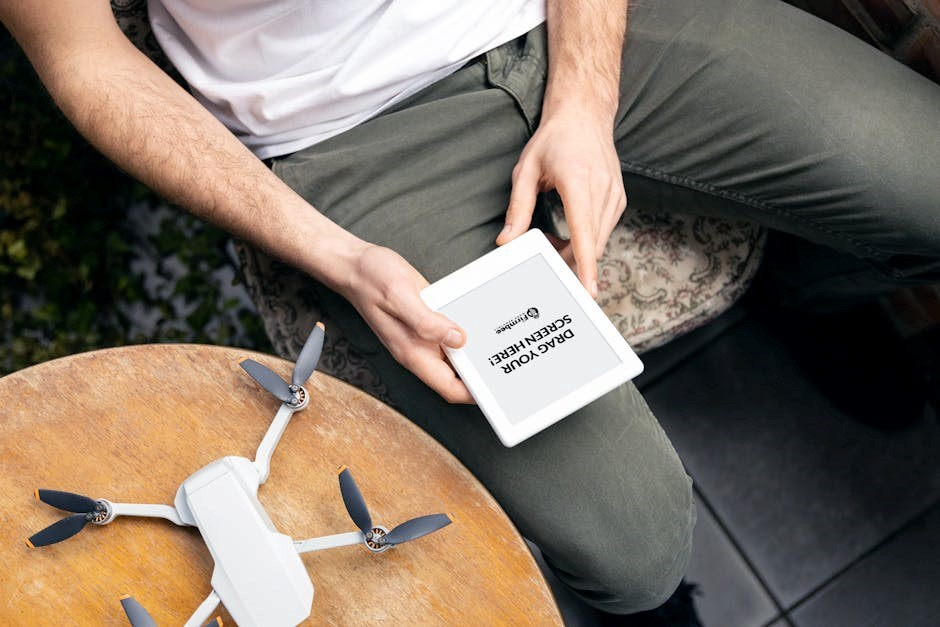
Troubleshooting Common Issues
The Honda Pilot 2016 manual provides solutions for common problems like resetting the maintenance light, addressing child safety locks, and repairing a non-functional car radio.
Resetting the Maintenance Light
Resetting the maintenance light on your Honda Pilot 2016 is a straightforward process outlined in the user manual. Turn the ignition switch to the “ON” position without starting the engine. Use the steering wheel controls to navigate to the “Maintenance” menu in the instrument cluster. Select “Reset” and follow the on-screen instructions to complete the process. This procedure ensures the light is cleared after scheduled maintenance, preventing unnecessary alerts. Always refer to the manual for precise steps to avoid errors and maintain your vehicle’s health.
Addressing the Child Safety Lock
The child safety lock on the Honda Pilot 2016 prevents rear doors from being opened from the inside, ensuring safety for children. To address this feature, consult the user manual for specific instructions. The manual provides guidance on how to engage or disengage the lock, typically located on the rear doors. Follow the steps carefully to avoid any issues and ensure proper functionality; This feature is designed to enhance safety, so refer to the manual for detailed instructions tailored to your vehicle. Proper use of the child safety lock is essential for securing young passengers during travel.
Repairing a Non-Functional Car Radio
If your Honda Pilot 2016’s car radio isn’t functioning, start by checking the power connections. Ensure the red wire is connected to the contact power supply and the yellow wire to the constant power supply. Consult the user manual for specific wiring details. If the issue persists, reset the radio by disconnecting the battery for 10 minutes. Reconnect and test. If problems remain, refer to the manual’s troubleshooting section or contact a certified technician. Proper diagnosis and repair are crucial to restore functionality and ensure safe operation of the infotainment system.
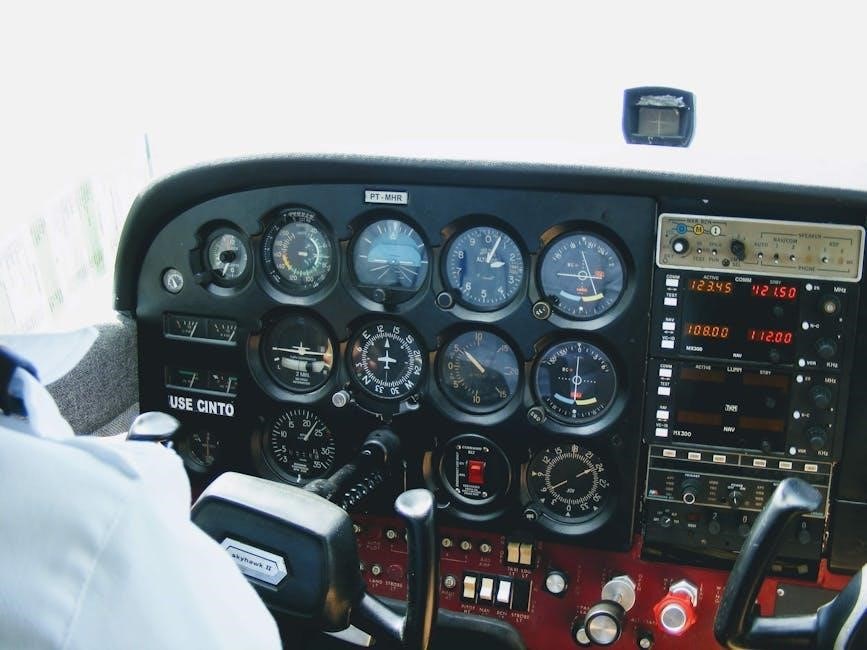
Advanced Technology and Features
The Honda Pilot 2016 features advanced technologies like Bluetooth connectivity, a Multi-Information Display, and a touchscreen navigation system for enhanced convenience and driving experience.
Pairing Bluetooth Devices
To pair your Bluetooth device with the Honda Pilot 2016, access the Bluetooth settings in the infotainment system. Select “Add Device” and put your phone in pairing mode. The system will search for available devices and display your phone. Confirm the pairing on both the vehicle and your phone. If prompted, enter the passcode provided by the system. Once connected, you can make hands-free calls, stream music, and use compatible apps. Refer to the manual for troubleshooting tips if pairing fails. Ensure your phone is compatible with the system for optimal performance. This feature enhances safety and convenience while driving.
Using the Multi-Information Display (MID)
The Multi-Information Display (MID) in the Honda Pilot 2016 provides essential vehicle information at a glance. Access the MID via the steering wheel controls or touchscreen. It displays trip metrics, fuel efficiency, navigation details, and vehicle settings. Use the menu button to customize the display, prioritizing data like odometer, fuel range, or average speed. The MID also offers alerts for maintenance reminders and safety features. Familiarize yourself with its functions to enhance your driving experience and stay informed on the go. Refer to the manual for detailed instructions on optimizing its use and personalizing the information displayed.
Touchscreen Operation and Navigation
The Honda Pilot 2016 features an intuitive touchscreen system designed for seamless navigation and entertainment control. To operate the touchscreen, ensure your fingers are clean and dry for optimal responsiveness. Access navigation by selecting the “Navigation” icon, enter destinations using voice commands or the on-screen keyboard, and view turn-by-turn directions. Customize settings like map views and route preferences for a tailored experience. The system also supports Bluetooth pairing, allowing hands-free calls and audio streaming. For troubleshooting, restart the system or refer to the manual for reset instructions. Regular software updates are recommended to maintain performance and functionality. Explore all features to enhance your driving experience.
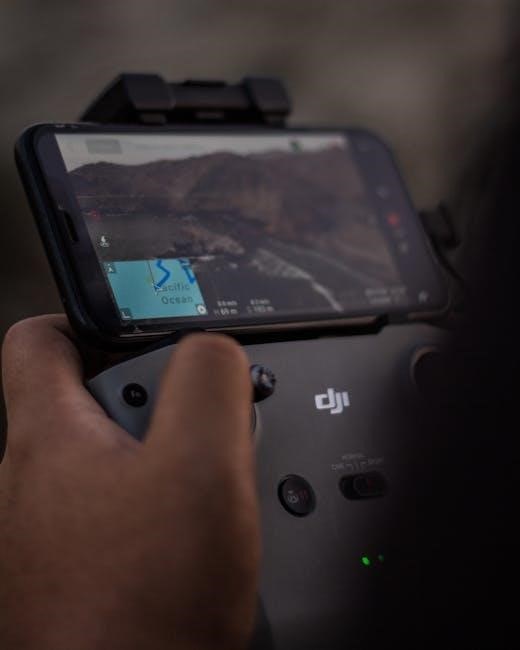
Safety and Security Features
The Honda Pilot 2016 is equipped with advanced safety features, including ABS, stability control, and airbags, ensuring optimal protection for occupants. Forward collision warning and blind-spot monitoring enhance driver confidence.
Anti-Lock Braking System (ABS)
The Honda Pilot 2016 features an advanced Anti-Lock Braking System (ABS) to enhance safety. ABS prevents wheel lock-up during hard braking, allowing drivers to maintain control and avoid skidding. This system uses electronic sensors to monitor wheel speed and apply precise brake pressure, ensuring stability on various road conditions. ABS is especially beneficial in emergencies, reducing stopping distances and improving directional control. The system works seamlessly with other safety features like stability control to provide comprehensive protection. Regular maintenance, such as checking brake pads and fluid levels, ensures ABS functions optimally. Refer to the manual for troubleshooting tips, like resetting the ABS light after repairs.

Stability Control and Airbags
The Honda Pilot 2016 is equipped with advanced stability control and a comprehensive airbag system for enhanced safety. Stability control ensures vehicle balance by adjusting engine power and braking individual wheels during sharp turns or slippery conditions. The airbag system includes multiple strategically placed airbags, such as front, side, and side-curtain airbags, to protect occupants in various collision scenarios. These features work together to minimize injury risk and provide peace of mind. The manual details how these systems operate and offers guidance on maintenance and troubleshooting, ensuring optimal performance in critical situations. Regular checks and proper maintenance are crucial for reliability.
Forward Collision Warning and Blind-Spot Monitoring
The Honda Pilot 2016 features advanced safety technologies, including Forward Collision Warning (FCW) and Blind-Spot Monitoring. FCW uses sensors to detect potential frontal collisions, alerting the driver with visual and audible warnings. This system helps prevent accidents by prompting timely braking or evasive maneuvers. Blind-Spot Monitoring enhances lane-changing safety by detecting vehicles in adjacent lanes, providing alerts if a collision is imminent. These systems are part of Honda Sensing, a suite of driver-assistance technologies designed to enhance safety and reduce collision risks. Proper operation and settings for these features are detailed in the manual, ensuring owners can rely on them for improved driving confidence and security.
The Honda Pilot 2016 User Manual provides essential guidance for optimal vehicle performance. For further assistance, visit Honda’s official website or consult authorized dealers for support and FAQs.
Final Tips for Maximizing Your Honda Pilot Experience
To maximize your Honda Pilot experience, always refer to the user manual for guidance on features and maintenance. Regularly check tire pressure and fluids for optimal performance. Utilize advanced technology like Bluetooth pairing and the Multi-Information Display for a seamless driving experience. Explore safety features such as ABS and stability control to enhance your confidence on the road. Keep the vehicle clean and organized to maintain comfort and functionality. For complex tasks, consult the manual or contact authorized Honda support. By following these tips, you can ensure your Honda Pilot operates at its best, providing a reliable and enjoyable ride for years to come.
Where to Find Additional Support and FAQs
For additional support and FAQs regarding the Honda Pilot 2016, visit the official Honda website or authorized dealerships. The website provides access to owner resources, including manuals, troubleshooting guides, and FAQs. You can also find community forums and social media groups dedicated to Honda Pilot owners, offering peer-to-peer advice and solutions. Third-party platforms like manua.ls and CarManualsOnline.info host free manuals and FAQs. For personalized assistance, contact Honda customer support or consult local dealerships. These resources ensure comprehensive support for maintaining and enhancing your Honda Pilot experience.

